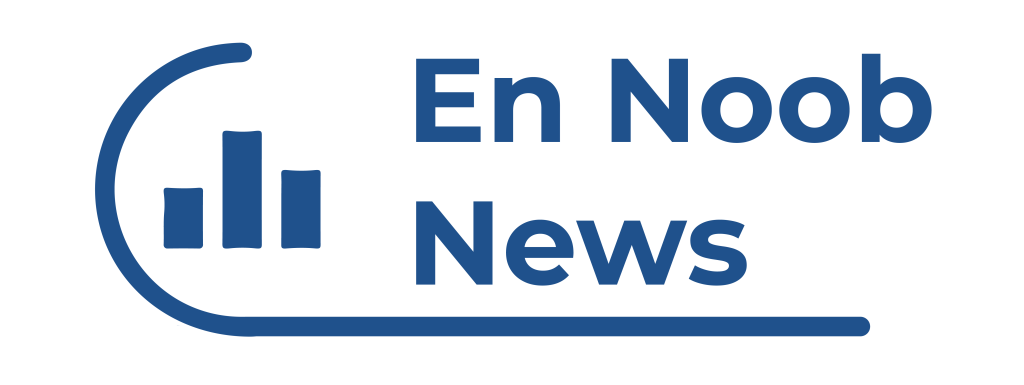Have you ever wondered why so many Canadians turn to personal loans for their financial needs? It’s important to understand the personal loan application process. This guide will show you how to apply for a personal loan step by step.
You’ll learn about the different types of loans, what you need to qualify, and how to increase your chances of getting approved. With this information, you can make smart choices before taking out a loan.
Understanding Personal Loans
Personal loans are a way to borrow money from a bank or other financial institution. People use them for things like paying off debt, funding education, or unexpected bills. It’s important to know the difference between secured and unsecured loans. Secured loans need collateral, while unsecured loans don’t.
Personal loans come with interest rates that can be fixed or variable. Fixed rates stay the same, making your monthly payments easy to predict. Variable rates can change with the market. The loan term can last from one to seven years, depending on what you can afford.
Learning about personal loans can help you make better choices. The Financial Consumer Agency of Canada offers great resources. They help you understand your rights and responsibilities as a borrower.
Types of Personal Loans
In Canada, there are many personal loan options to fit different needs. Unsecured personal loans don’t need collateral. They’re based on your credit score. This option is flexible but might have higher interest rates than secured loans.
Secured personal loans require you to use an asset, like a home or car, as collateral. This can lead to lower interest rates. But, there’s a big risk: if you can’t pay back, you could lose the asset.
Lines of credit offer flexible borrowing. You can take out and pay back money as you need it, up to a certain limit. It’s good for covering ongoing costs. But, interest builds up on what you don’t pay back, which can get expensive if not managed well.
Peer-to-peer lending is another option. It connects you directly with lenders. These platforms might offer good rates, but the terms can vary. Knowing about these options helps you pick the right loan for your financial situation.
Loan Eligibility Requirements
Knowing what lenders look for is key when you want a personal loan. They check a few main things before saying yes. The first thing is your credit score. A good score means you’re more likely to get a loan.
Your income matters a lot too. Lenders want to make sure you can pay back the loan each month. They also look at how long you’ve been working. This shows if you’re financially stable.
How much debt you already have also matters. Too much debt might make lenders worry if you can handle another loan. Knowing these rules helps you get ready and improve your chances of getting a loan.
How to Personal Loan A Step-by-Step Guide
Getting a personal loan might seem hard, but breaking it down makes it easier. First, figure out how much money you need and why you need it. This helps you know exactly what you’re looking for.
Then, look into different loan options in Canada. Each lender has its own terms, rates, and ways to pay back. Knowing this helps you choose the right loan for you.
Checking your credit report is also key. Make sure there are no mistakes and that it shows your true credit score. A good score means you’re more likely to get the loan.
Once you know what you need and have checked your credit, gather your documents. You’ll need proof of income, ID, and any other papers the lender asks for. Having these ready makes the application process faster.
When you’re ready to apply, do it carefully. Make sure you fill out everything correctly and double-check your answers. Following these steps will make applying for a personal loan easy and stress-free.
Comparing Loan Options
Before choosing a personal loan, it’s key to compare what’s out there. Lenders have different rates, fees, and terms. Looking at these can save you a lot in the long run.
Interest rates are a big deal. They can change how much you pay back. So, it’s important to look at several offers.
Loan comparison tools make this easier. They let you see different loans side by side. Sites like RateHub and LowestRates.ca show what Canadian banks offer. This helps you find the best deal.
It’s not just about rates. Look at extra costs like application fees or penalties for paying off early. Knowing all the costs helps you pick the right loan. Also, check out what others say about the lender. Online reviews can give you a good idea of their reputation.
Choosing the Best Loan Providers
When picking a loan provider, finding the best is key. Look for lenders with good interest rates and excellent customer service. Doing your homework on different lenders can show you their history and what you might expect.
Compare what each lender offers. Reading customer reviews can give you a real view of a lender’s reputation. Also, make sure the lender is upfront about fees to avoid surprises.
Reports from consumer groups and financial news are also helpful. They highlight top lenders in the industry. By following these tips, you can find a reputable lender for a better borrowing experience.
The Personal Loan Application Process
The personal loan application process has several key steps. First, you need to gather important documents. These include proof of income, identification, and your credit history. Having these documents ready makes the application process smoother.
Next, you fill out the application form. It’s important to be honest when filling it out. Canadian banks say that truthful applications are more likely to get approved. They also note that not lying helps increase your chances of getting the loan.
After you submit your application, the lender checks your information. They look at your credit score, income, and other financial details. The time it takes for them to review your application can vary. But, you can usually expect to hear back within a few days or weeks.
Tips for Loan Approval
Getting a personal loan can seem tough, but there are ways to make it easier. First, work on improving your credit score. A better score means you might get lower interest rates. Always check your credit reports for mistakes to keep your score accurate.
It’s also important to lower your debt-to-income ratio. Paying off debts or getting a better job can help. Lenders want to see that you can handle your finances well.
Having a steady job is key. A long history of employment shows you’re reliable and can pay back the loan. Make sure to have all your documents ready, like proof of income and job letters. Being organized helps speed up the application process.
Using these tips can really help your chances of getting a loan. Start improving your finances early to get better loan terms. By matching your financial situation with what lenders want, you can make the loan process easier.
🔔 Everything You Need to Know Before Applying for a Loan
Loan Application Checklist
Having a detailed loan application checklist makes the process easier. It helps you gather all needed items before you apply. You’ll need proof of who you are, like a government ID.
You also need to show you can pay back the loan. This means providing recent pay stubs or tax returns. And, don’t forget to include your current credit report. Lenders use this to check if you’re a good borrower.
Other important documents might be bank statements, proof of your job, and details about any collateral. Following this checklist can make your application go smoother.
Using a checklist early on can prevent delays and boost your chances of getting approved. It keeps all your documents in order. This makes it easier to show lenders you’re a strong candidate.
Financial Planning for a Personal Loan
Planning your finances well is key when you get a personal loan. After getting the money, make a detailed budget. This budget should include your monthly loan payments.
It’s also important to think about your current expenses, savings, and any unexpected costs. This way, you can stay financially stable and meet your loan payments on time.
Checking your financial health is crucial too. Look at your income and spending regularly. This helps you see if you can handle loan payments and your everyday costs.
By doing this, you can make changes to improve your financial situation. Getting advice from financial planners can also help a lot. They can show you how loans impact your overall finances.
This knowledge helps you make better borrowing choices. It’s all about planning and budgeting wisely. This way, you can borrow responsibly and manage your money well.




